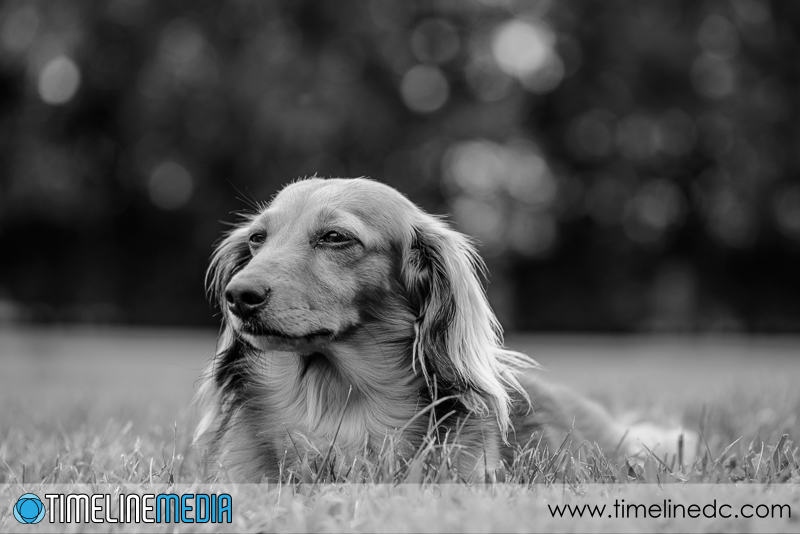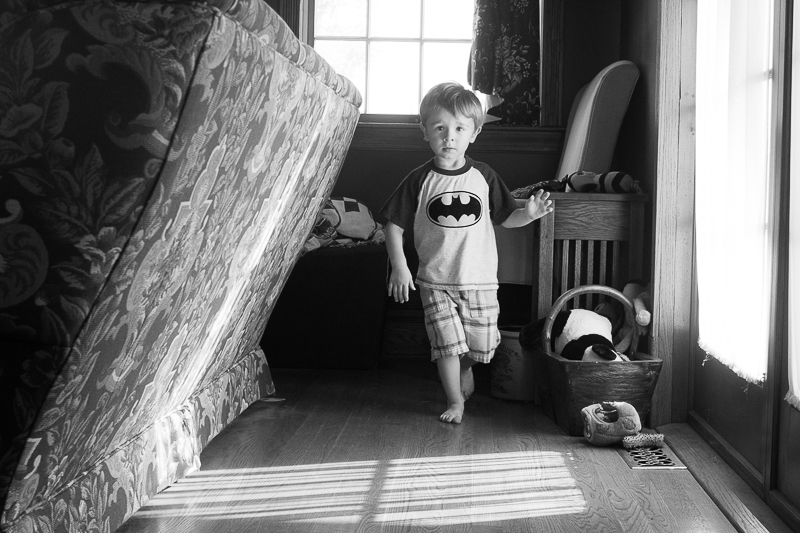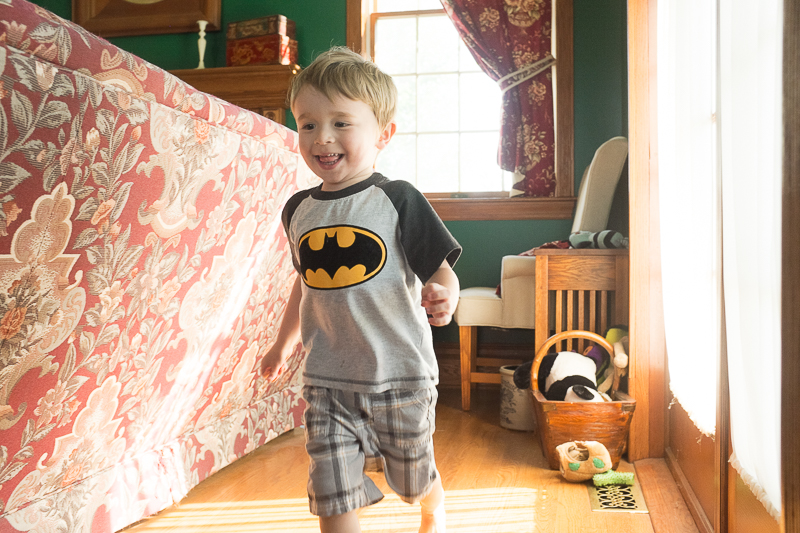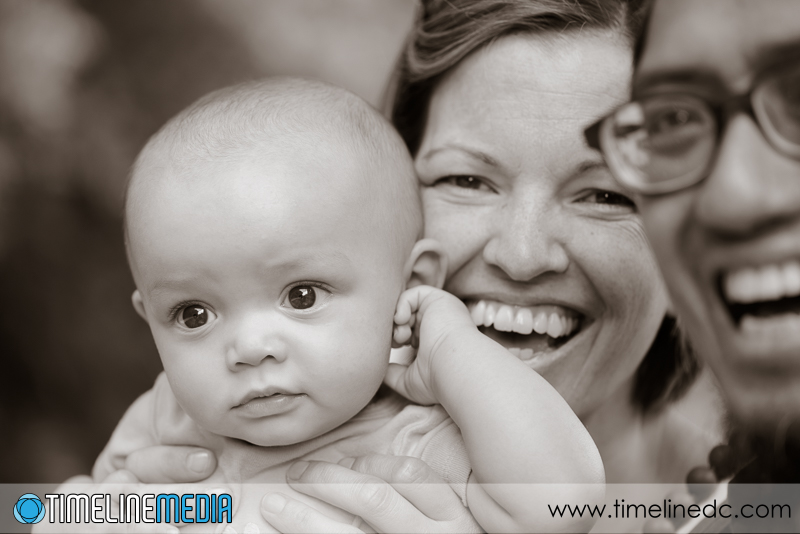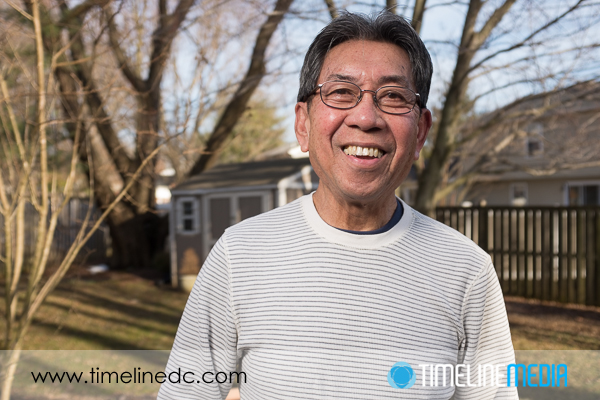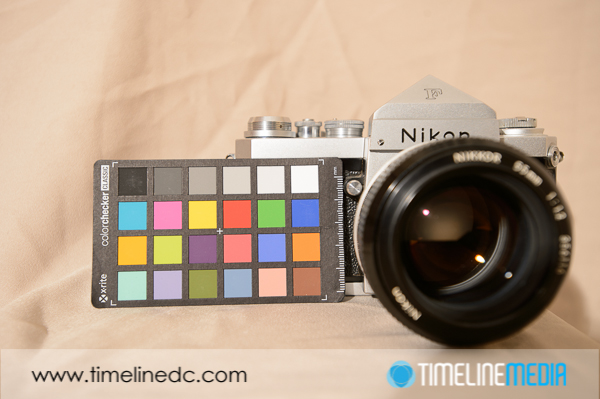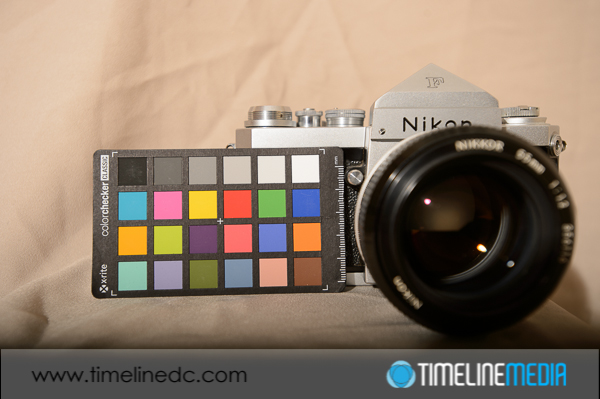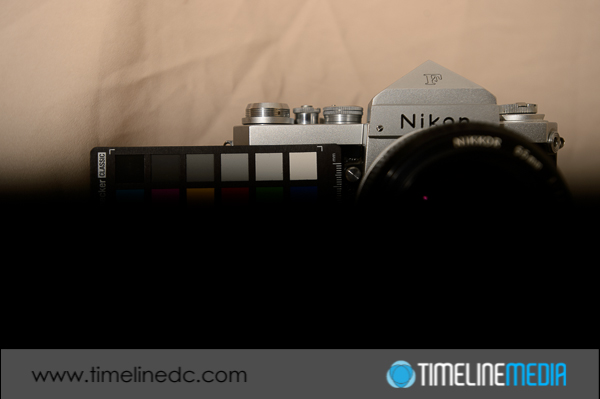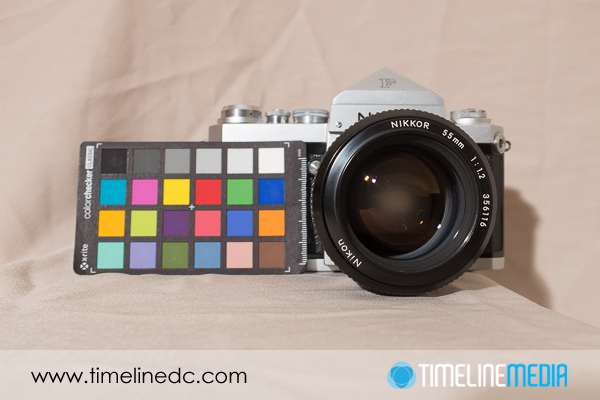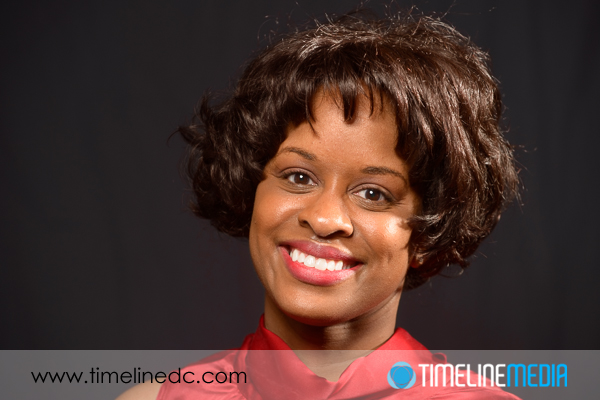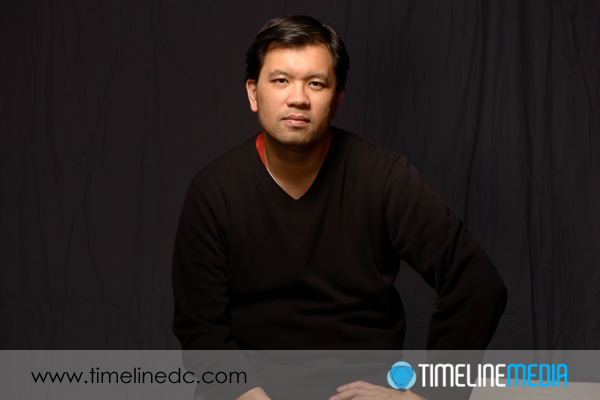Family Photos
It is no secret that I have been trying to master using flash in a lot of my portrait or people photography. There are so many advantages to knowing how to utilize a small or big flash. It can make you a more versatile photographer with the ability to shoot in more situations than if you only know how to work your camera in available light.
After I got the hang of using my camera in available light, I thought that being able to use flash would separate me from other photographers. I could expand my creativity by adding some technical know-how to making images. In a lot of cases, though, this can be a hindrance. There are more pieces of gear you need to bring with you on a shoot. That additional gear makes for more variables that can mess up your shoot. When that happens, now your attention is on fixing a technical issue instead of interacting with your subjects, and composing a good photo.
Natural Light Indoors
So in a few personal shoots, I have gone back to try to make better natural light portraits. I’m taking more time to really see the light as it travels around, through, and directly upon subjects. Here my nephew was running around the room with strong light pouring through large French doors that faced the sunset. I needed to time his position just right before hitting the shutter. I found the light to be best right at the edge before he brought his entire body into the full sun. It created a nice light on one side of his face and fell off nicely on the opposite side with a little shadow that still held a lot of detail.
Just a few seconds later, the face is turned away from the sun, and the broad side of the face is more in shadow. To make the exposure equivalent for the two photos, the second has too many hot spots that distract from the subject. This is similar to working with a soft box that directs light from a flash – all the good light is just at the edge!
Open Shade
The biggest light diffuser available is the sun behind an overcast sky. The even light will flatten out the subjects making your angle towards them more important for making an interesting photo. If you can find an open shade from the sun, you can have a little more direction to the light. Additionally, this will add dimension to your subjects.
For this photo, a covered bench blocked most of the direct light hitting the subjects, but being open to the sun in front allowed for some nice catch lights in the eyes. Without having to fiddle with a flash, remote, and all the other stuff that goes along with using a flash, I was able to take many more photos, and just concentrate on getting some great looks.
TimeLine Media – www.timelinedc.com
703-864-8208

